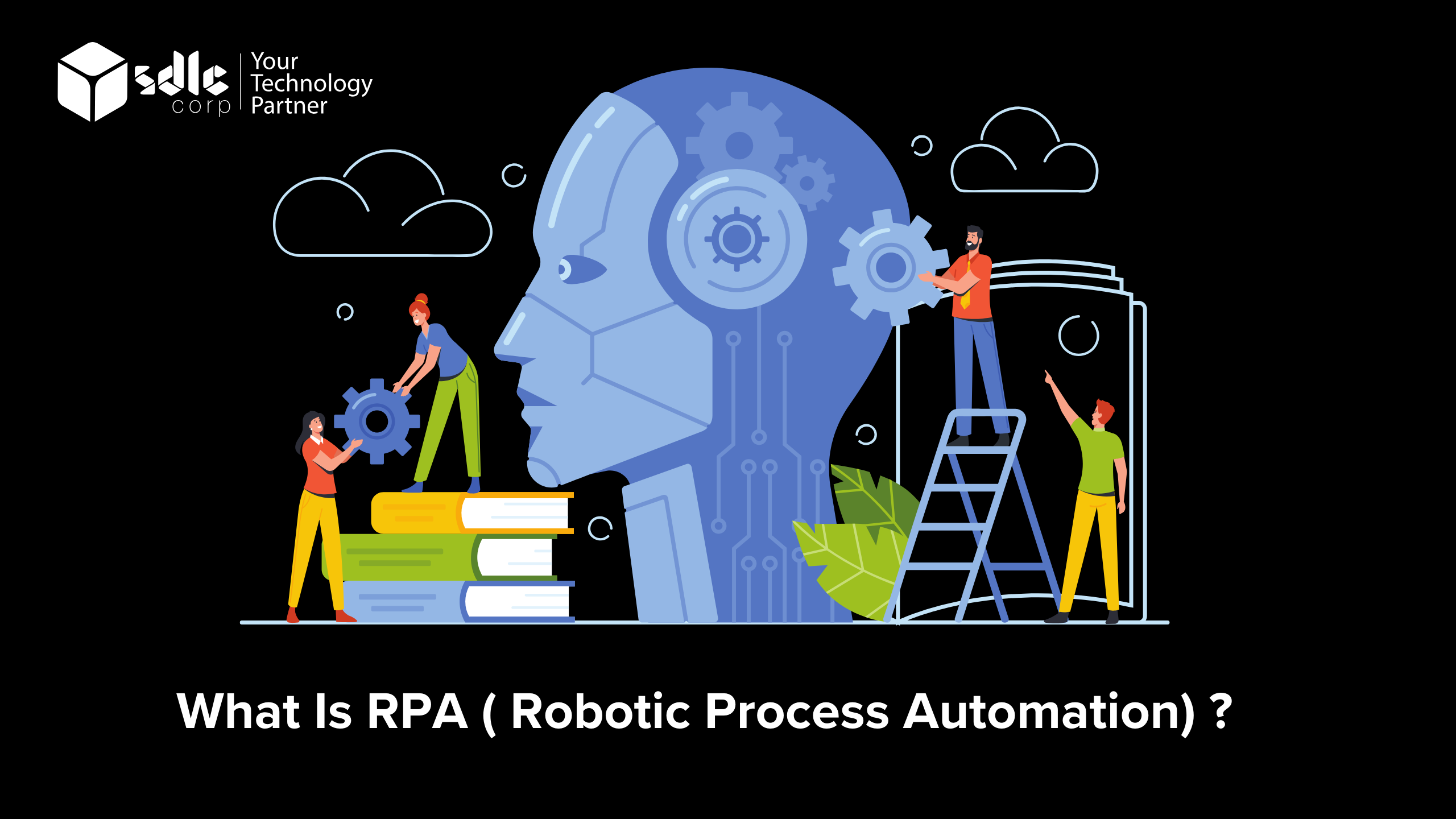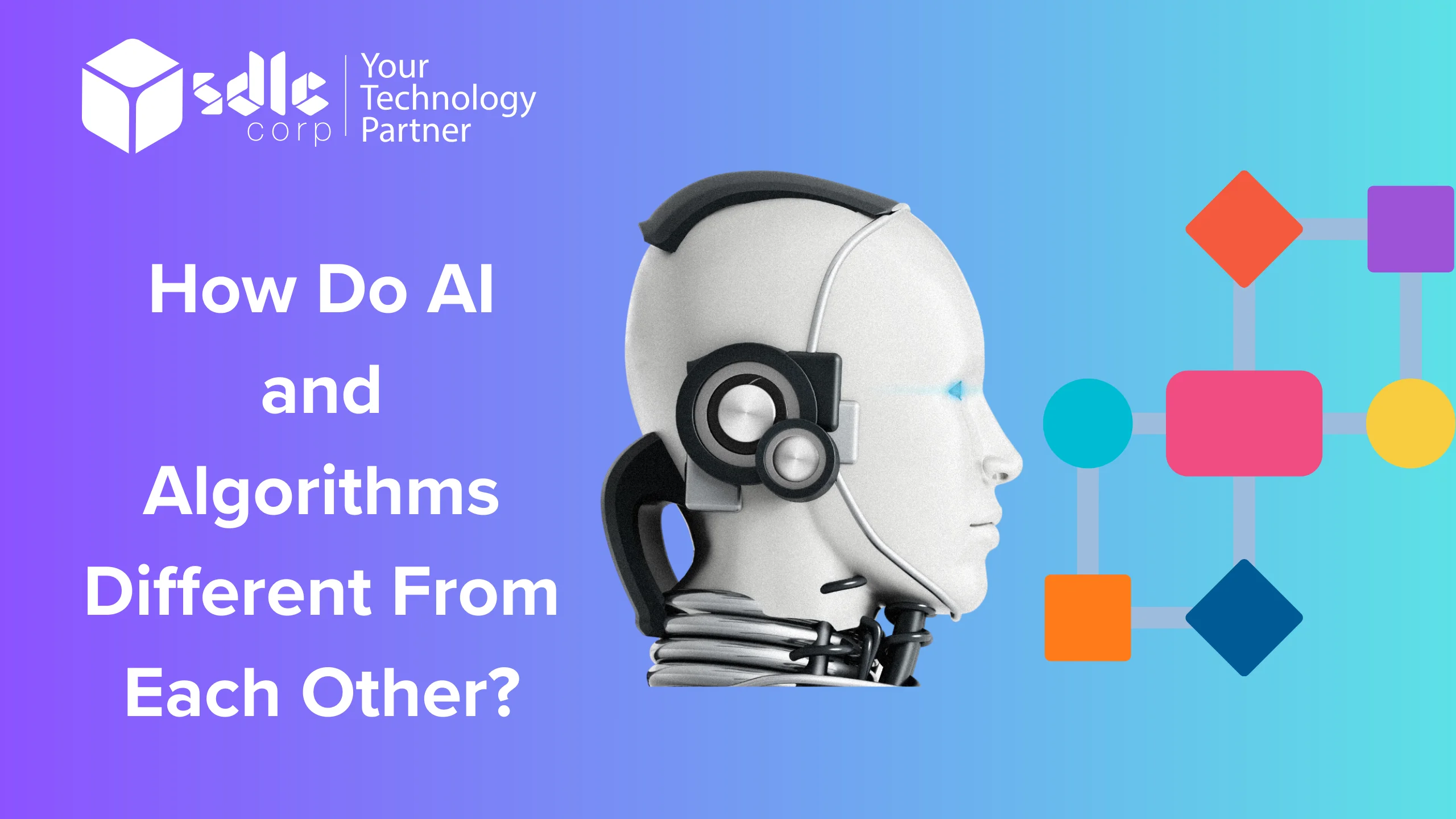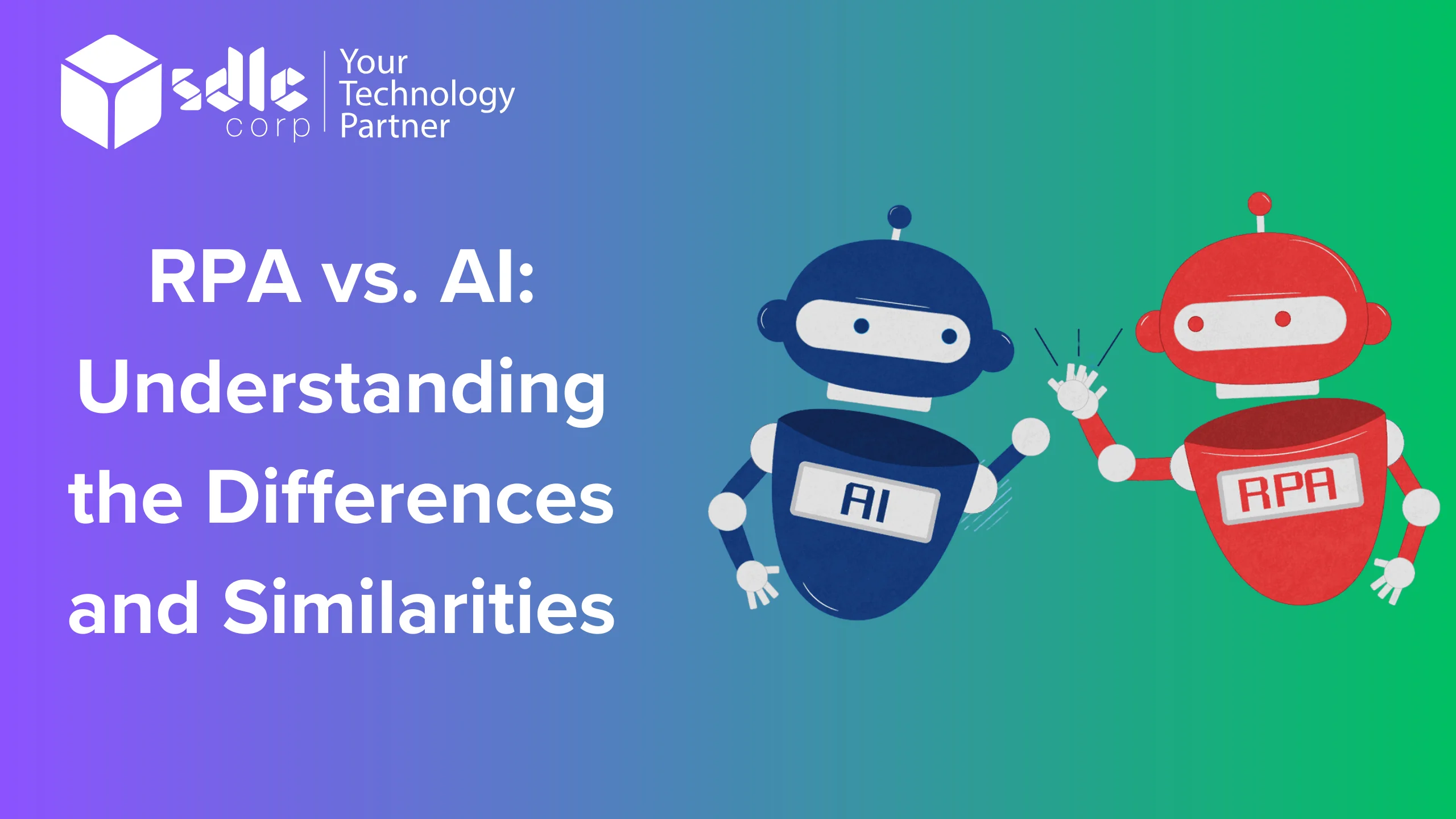RPA vs. AI: Understanding the Differences and Similarities
RPA vs. AI Difference: In today’s rapidly evolving technological landscape, two buzzwords that have gained significant traction are RPA and AI. RPA and AI are transforming how businesses operate and have become instrumental in improving efficiency, productivity, and cost-effectiveness. However, despite the similarities, RPA and AI are different.
In this blog, we will look at the differences and similarities between RPA and AI.
What is RPA?
Robotic Process Automation (RPA) is a software technology that automates repetitive, rule-based tasks by mimicking human actions. In other words, RPA automates tasks that are done repeatedly by using software robots (bots) to do things like data entry, extraction, and processing.
RPA bots can be set up for tasks on many platforms, like desktop apps, web apps, and even legacy systems. Over time, you can train bots to perform more complex tasks as they follow predefined rules and workflows. (Read more about Understanding RPA and its Various Industry Applications)
What is RPA Used For?
Every industry has short, repetitive, manual processes that could benefit from RPA, but the industries with the highest adoption rates are banking, financial services, insurance, and telecommunications.
Mortgage lenders, for example, use it to verify loan documents, and financial institutions use it for bank reconciliations.
And due to the United States government’s recent mandate to shift its employees’ focus from low-value to high-value tasks, even federal agencies such as NASA are beginning to use RPA to reduce repetitive administrative tasks.
What is AI?
Artificial intelligence (AI) is a universal term for several technologies that allow machines to mimic human intelligence. Consequently, AI can divide into two categories: narrow and broad.
Developers design narrow AI to perform specific tasks like image recognition or natural language processing. General AI, conversely, is made to do any intellectual job that a person can do.
Differences Between RPA and AI
While RPA and AI share some similarities, the two technologies have some key differences.
1. Scope of Automation
RPA is primarily used to automate repetitive, rule-based tasks that don’t require a lot of decision-making. AI can automate a wide range of functions, from simple to complex.
RPA vs. AI: Uncover Differences & Similarities! Learn Now!

2. Learning Ability
RPA bots adhere to pre-defined rules and workflows, and their capabilities can expand with training to execute increasingly complex tasks. However, they need to learn and adapt to new situations independently. On the other hand, AI can learn and adapt to new conditions without human intervention.
Explore our other insights!

What is RPA ( Robotic Process Automation) ?
What is RPA ( Robotic Process Automation) ? RPA stands for Robotic Process Automation. It is a technology

How Do AI and Algorithms Different From Each Other?
How Do AI and Algorithms Different From Each Other? AI and algorithms are two terms that are usually

How Artificial Intelligence is Transforming the World?
How Artificial Intelligence is transforming the world Introduction Artificial Intelligence (AI) is not just a fancy term you
3. Cognitive Ability
RPA bots do not simulate human intelligence or mental functions. They can only perform the tasks they are programmed to do. Conversely, AI is designed to simulate human intelligence and can perform cognitive functions such as reasoning, problem-solving, and decision-making.
Explore RPA vs. AI: Discover the Contrasts & Connections! Dive In!

Similarities between RPA and AI
Despite the differences between RPA and AI, there are some similarities between the two technologies.
1. Automation
RPA and AI are designed to automate tasks and processes to improve efficiency, productivity, and cost-effectiveness.
2. Integration
RPA and AI can be integrated with other technologies to create more advanced automation solutions.
3. Business Benefits
RPA and AI can provide significant business benefits such as improved accuracy, faster processing times, reduced costs, and improved customer satisfaction.
Statistics and Analytics
Here are Some Examples of How RPA and AI Differ and How they are Similar
Customer Service Chatbots
Robotic process automation (RPA) can automate simple customer service tasks, like answering frequently asked questions. A bot, for example, could generate an automated response to a customer’s query based on a pre-defined set of rules. AI-powered chatbots, on the other hand, can offer more sophisticated interactions, such as understanding natural language queries and responding in a conversational tone.
Data Entry
By copying and pasting information from one system to another, RPA can automate data entry tasks. For example, data from a PDF could be put into a spreadsheet using an RPA tool. In contrast, AI can automatically analyze and understand unstructured data, such as handwritten notes, and extract relevant information.
Fraud Detection
While both RPA and AI can detect fraud, their approaches differ. Transactions that meet specific criteria, such as a large dollar amount or a suspicious location, can be flagged by RPA. AI can look at a lot of data to find patterns that could be signs of fraud, like spending designs that don’t make sense or a sudden rise in activity.
Language Translation
AI translates words and phrases by analyzing their context and meaning. This allows it to provide accurate translations that take idioms and colloquialisms into account. In addition, by copying and pasting text from one system to another, RPA can automate the translation process.
Invoice Processing
By extracting data from invoices and populating a payment system, RPA can automate invoice processing. This eliminates the need to enter data by hand and reduces the chance of mistakes. AI can process invoices but also learn from previous invoices to recognize patterns and improve accuracy over time.

Conclusion
While RPA and AI share some similarities, they differ. For example, RPA automates repetitive, rule-based tasks, while AI simulates human intelligence and performs cognitive functions such as reasoning, problem-solving, and decision-making. However, both RPA and AI can provide significant business benefits, and when used together, they can create even more advanced automation solutions.
FAQs
1. How are RPA and AI similar?
RPA and AI are used to improve efficiency and productivity, and they both involve using software tools to automate tasks and processes that were previously done manually by humans.
2. Which one is better, RPA or AI?
It is dependent on the intended purpose and application. For example, RPA is ideal for automating repetitive tasks that follow predictable rules, while AI is better suited for complex tasks that require decision-making and adaptability.
3. Can RPA and AI be used together?
Companies can use RPA and AI together to create more advanced automation solutions. For example, companies can use RPA bots to automate routine tasks and AI algorithms to analyze data and provide insights for decision-making.
4. Do you need technical skills to implement RPA or AI?
Yes, both RPA and AI require technical skills to implement and manage. RPA typically requires programming and software development knowledge, while AI involves machine learning and data science expertise.
5. What are some industries that can benefit from RPA or AI?
Many industries can benefit from RPA or AI, including finance, healthcare, manufacturing, logistics, and retail. RPA can help automate back-office processes, while AI can help improve customer service and decision-making.















